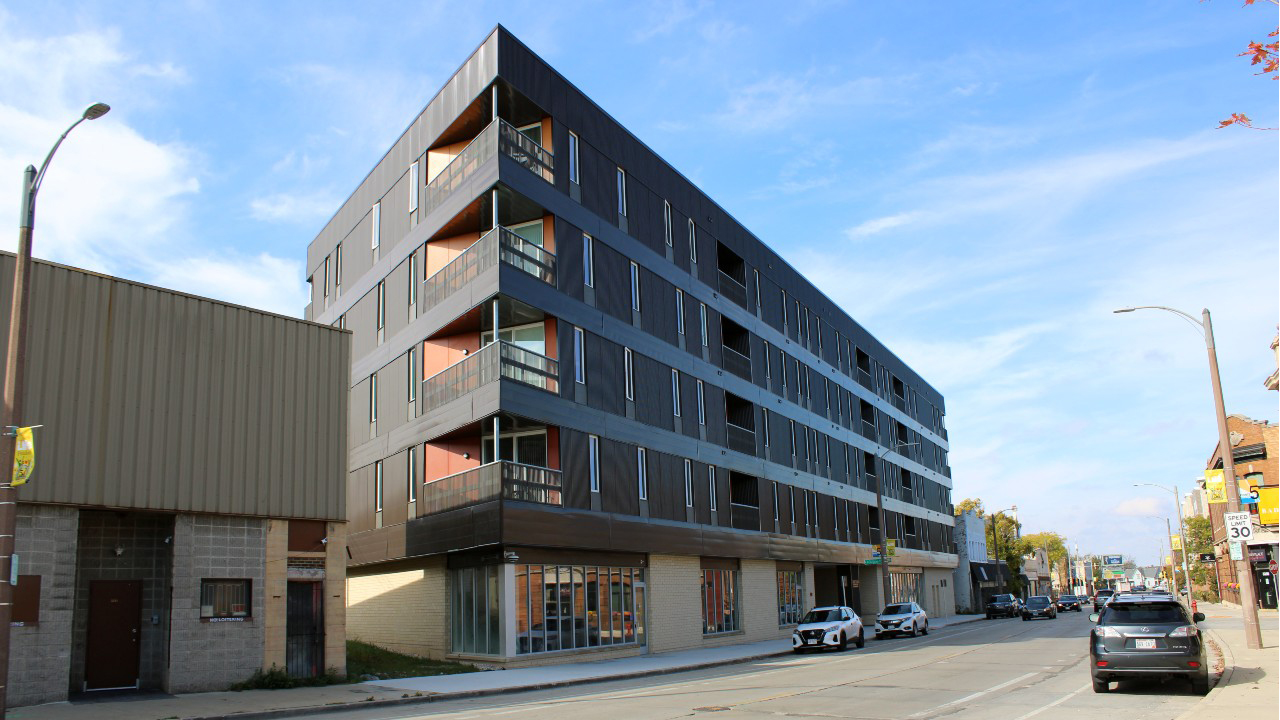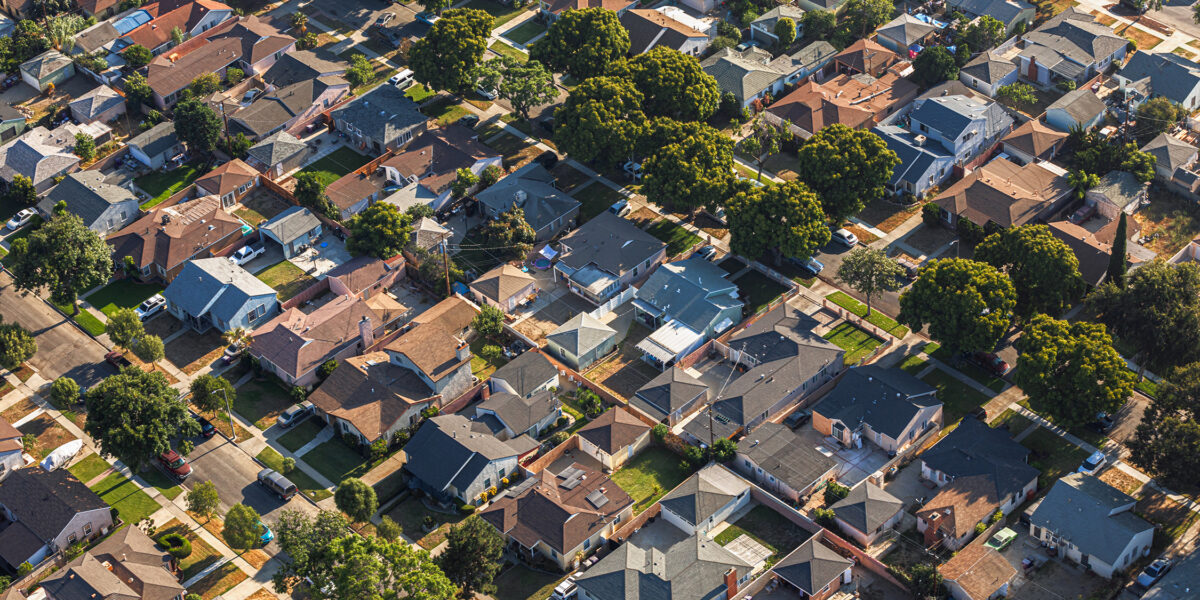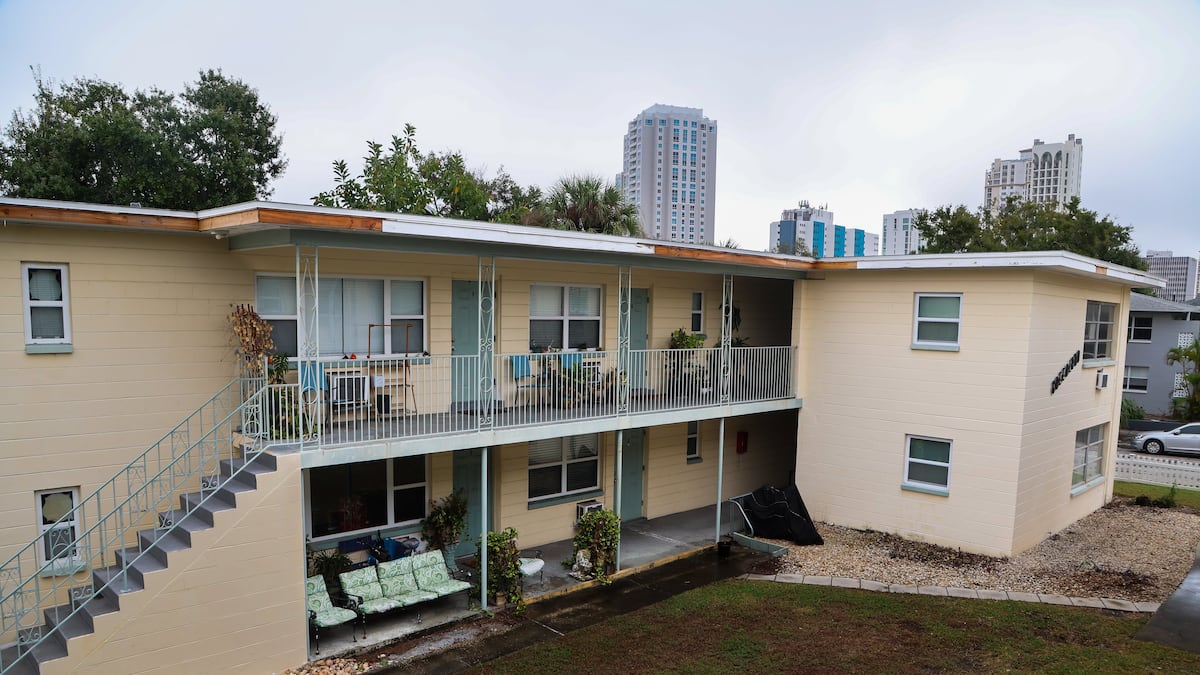C
hicago’s churches are turning into homes, a trend that feels far more contemporary than the medieval cathedrals of Paris. The latest example is the St. Boniface Catholic Church in West Town, a circa‑1900 building that developer ZSD has transformed into 42 residential units, eight of which are affordable. The project unfolded in three stages: the first added 18 apartments inside the church, the second brought eight units to a neighboring structure, and the third added 17 condos in a new building adjacent to the original.
The move reflects a broader pattern: declining attendance makes maintaining large religious properties financially untenable, so conversion to housing offers a practical solution. “You get something that can’t be found in a brand‑new building,” says Jay Keller, principal at SPACE Architects + Planners, who also worked on Everman Lofts, The Synagogue, and Talman Lofts. Keller’s firm has tackled several church‑to‑residence projects, each presenting a unique design puzzle—churches rarely have the windows or floor plans that fit modern living.
Buyers often feel a strong emotional pull. Cory Robertson, principal at Corwin Partners, notes that some purchasers are indifferent to the fact that a living room was once a choir loft, while others are drawn by the architectural story. Gary Weber, who bought a penthouse that spans two towers, a rose window, and 38‑foot ceilings, said the space’s history and potential for creative living were irresistible.
Quantifying how many Chicago churches are being repurposed is difficult. The Archdiocese of Chicago alone lists more than 30 properties for sale, and its Renew My Church initiative is consolidating parishes in response to shifting demographics. Pew Research shows that the share of Chicagoans who identify with no religion rose from 22 % to 34 % between 2014 and now, while Catholic and Protestant affiliation declined. Rising maintenance costs mean a cathedral for 50 people is no longer viable, Robertson adds.
Design challenges are significant. Churches often lack sufficient windows for residential use, and their irregular shapes—octagons, towers, stained‑glass arches—require creative solutions that preserve exterior character while meeting code. Keller admits that problems frequently surface during construction when hidden walls and plaster are revealed. Robertson notes that while most church parcels are already zoned for residential use, landmark status can complicate alterations. Chicago’s 1987 ordinance requires owner consent for religious properties to be designated landmarks, limiting preservation options for churches that do not seek designation.
Presales are common; about 10 % of buyers purchase “from paper,” meaning they cannot view the interior before closing. This is partly due to safety concerns during renovation. Buyers are attracted to the uniqueness of a former sanctuary, and developers market the exterior as the primary selling point.
The conversion of a church affects communities both financially and emotionally. Churches historically provide services—literacy programs, counseling, community gatherings—that are hard to replace. Alderman Byron Sigcho‑Lopez of the 25th Ward notes that churches often serve as hubs for faith leaders, labor organizers, and immigrant residents. The loss of such spaces can feel tragic, especially when the buildings are tax‑exempt and community input is crucial.
Gentrification is another concern. Large projects like St. Boniface can raise property values and taxes, accelerating displacement of lower‑income residents. Robertson stresses the need for an affordable component, but he acknowledges that no amount of affordable housing can fully offset the broader economic shift. Negotiations between aldermen, zoning officials, and developers over how many units must be affordable are ongoing.
A recent case illustrates the complexity of balancing legacy and practicality. Humboldt United Methodist Church in Humboldt Park sold its 1928 building to LUCHA, an affordable‑housing developer, for more than a for‑profit developer’s offer. The church already housed 12 apartments for new German immigrants and now serves Latino and Hispanic families. Lead pastor Paula Cripps‑Vallejo emphasized that the sale was non‑negotiable because the church’s mission has always been to provide affordable housing. The sale raised questions about how a Hispanic, marginalized congregation could maintain its values while relinquishing its building.
The 25th Ward, which includes Pilsen, Little Village, and University Village, faces a pressing need for community spaces amid federal cuts. During the pandemic, residents expressed strong opposition to privatizing spaces that had served public needs. Bank lending practices also hinder affordable development; many lenders require a 20 % gross profit margin, a challenge when construction costs have risen 45 % in three years.
The Archdiocese does not directly manage redevelopment of sold properties but considers the proposed reuse when deciding to sell. “We want the buildings to be put to good productive use,” says Archdiocese capital assets officer Eric Wollan. He is currently negotiating two properties that would be strictly affordable housing. Robertson remains optimistic that adaptive reuse will become a larger part of the city’s affordable‑housing strategy, especially as more churches are deconsecrated and sold.
In sum, Chicago’s churches are being reborn as homes, offering unique architectural experiences while addressing practical needs. The process involves navigating declining congregations, high maintenance costs, design constraints, community sentiment, and economic pressures. As more religious buildings are repurposed, the city must balance preservation of cultural heritage with the imperative to provide affordable, community‑centered housing.













